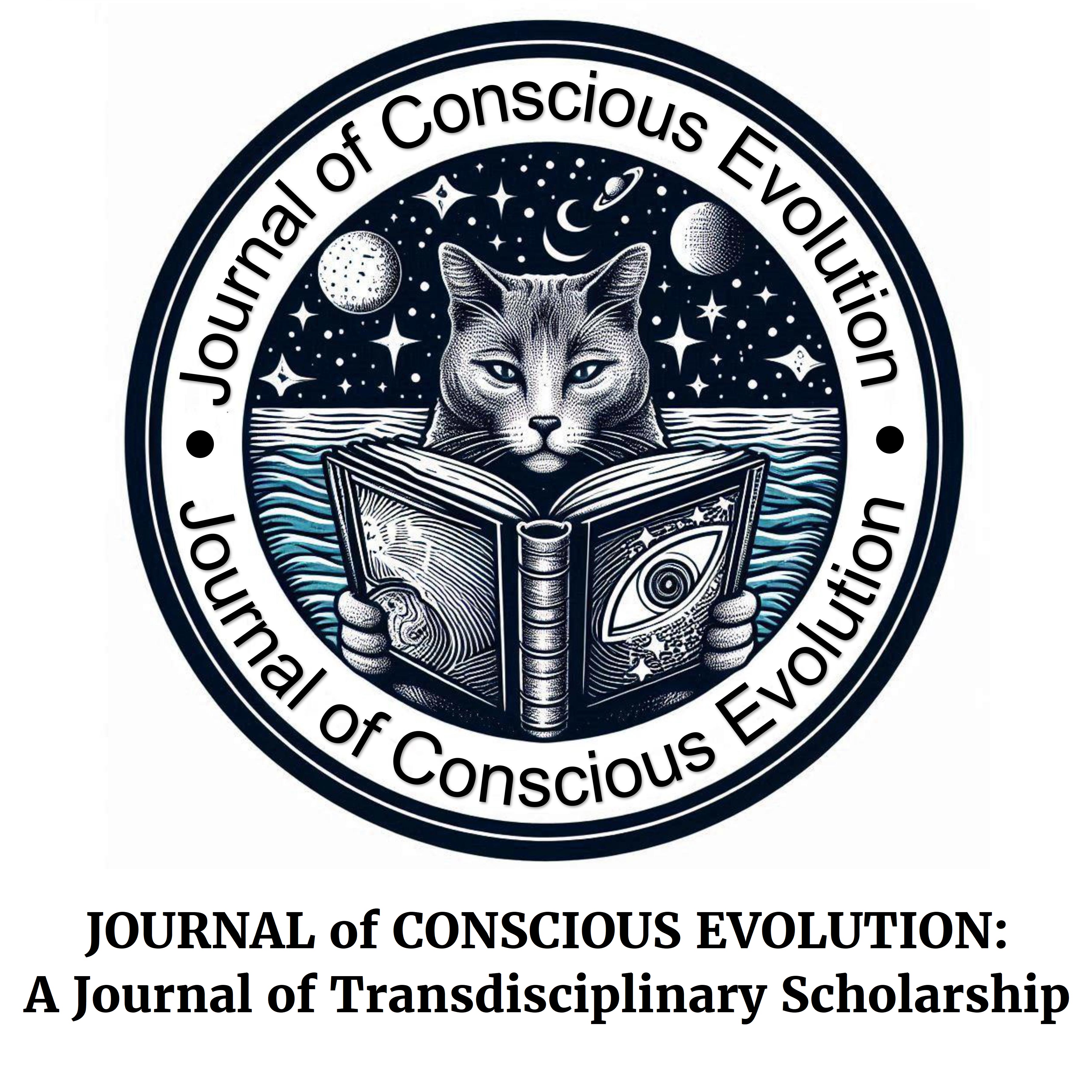
Abstract
This essay responds to Carroll’s The Nature of Horror from the perspective of transdisciplinary phenomenological film theory, largely developed by Edgar Morin in the 1950s. It argues that Carrolls’s reduction of the phenomenological value of horror films to an unreal category minimizes and even dismisses the inherent value of horror films. Morin, Allan Combs, and others offer more integral and transdisciplinary methods for art interpretation and functionality. They help us understand how monsters in horror films can stand as mirrors and reflections of the monstrous in ourselves and society. Thus, the transformational function and value of film is revealed and understood, even when the film is about scary monsters.
Recommended Citation
Kincaid, L. (2024). Consciousness and the Reality of Monsters in Horror Movies: Dehumanization and What Monsters in Horror Films Say About Us. Journal of Conscious Evolution, 20(20). https://digitalcommons.ciis.edu/cejournal/vol20/iss20/10
Included in
Cognition and Perception Commons, Cognitive Psychology Commons, Other Film and Media Studies Commons, Screenwriting Commons, Social and Philosophical Foundations of Education Commons, Transpersonal Psychology Commons, Visual Studies Commons


